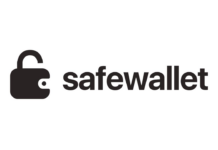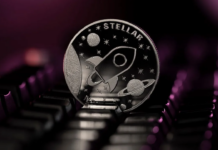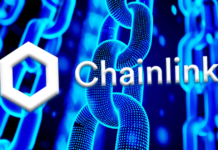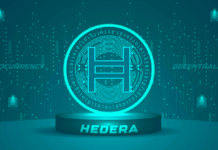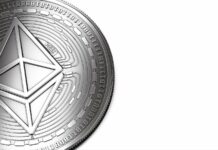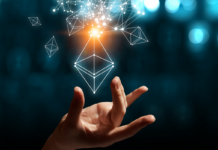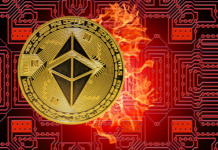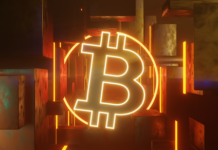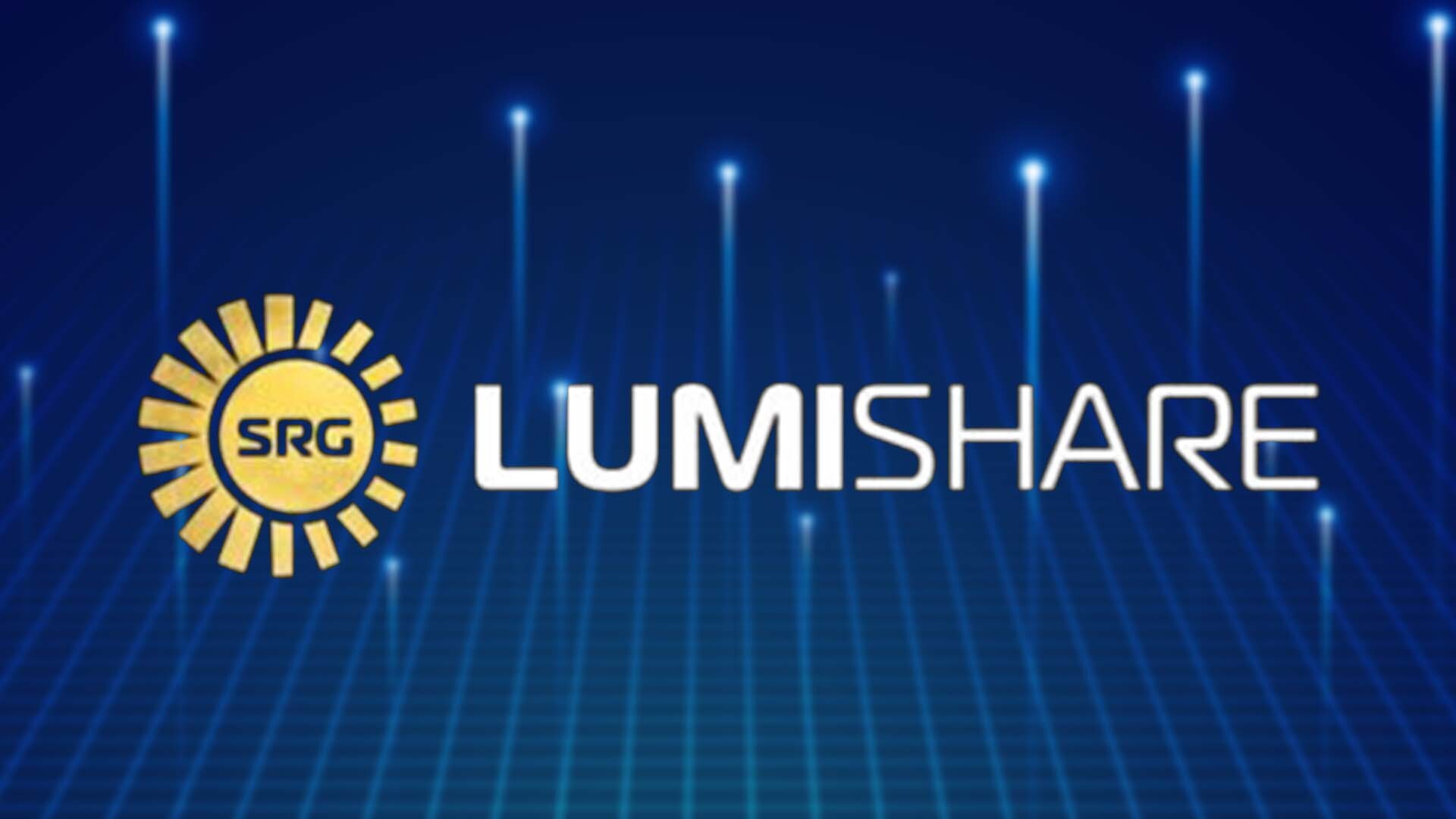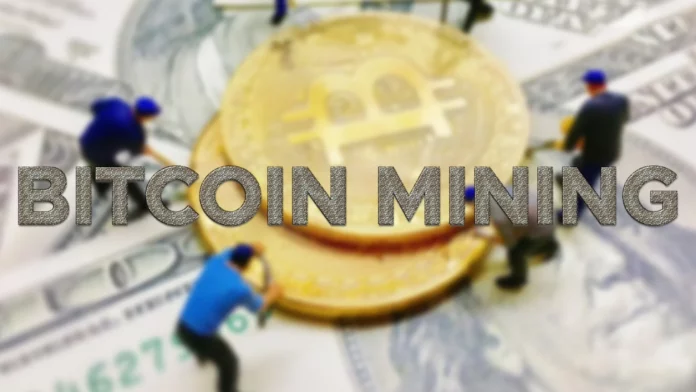
- Miners mine bitcoin to earn the block reward, which is currently 6.25 bitcoins.
- Mining is done through GPUs or ASICs. It requires high computation to mine Bitcoin.
Bitcoin mining is a complex process because it involves a very complex process of verifying transactions on the Bitcoin blockchain. And adding blocks to the blockchain by hashing or guessing the hash. It also requires high computational energy and a lot of energy to mine Bitcoin. But still, a lot of companies and individuals mine Bitcoin because they get rewards for putting in this hard work.
Let’s understand this whole process of Bitcoin mining in detail. This will also give you a better understanding of how Bitcoin works.
What is Bitcoin Mining?
In basic terms, adding new bitcoins to the Bitcoin network is called mining. Mining is critical to adding new transactions to the Bitcoin network. Without mining, the blockchain will run as it is, but no new transactions will be added. Hence, mining is the backbone of any blockchain.
The primary work of the Bitcoin miners is auditing and verifying the transactions. This process is vital to eliminate double spending on the blockchain. So basically, they are verifying the legitimacy of Bitcoin transactions and getting paid for it. If you are unaware of double spending, double spending happens when a user spends the same bitcoin twice. This problem is not with fiat currencies but can happen with Bitcoin; therefore, this system was built by Satoshi Nakamoto to keep Bitcoin safe from any such incidents. And maintain the legitimacy of the blockchain.
What Do Miners Do?
Every single bitcoin came into circulation only because of the miners. You might be wondering what will happen if all the blocks of Bitcoin are mined, so this is not a close phenomenon. And even if all the blocks are mined, the blockchain will still function as it is. Because then the miners will be paid for verifying the transactions.
You must be the first miner to estimate the correct hash to get the block reward. Bitcoin is said to follow the proof-of-work consensus mechanism because miners need to prove their work by verifying the transactions and adding the block to the blockchain. That’s the main feature of Bitcoin: it can revolutionize the transaction system. Because it rewards only those who prove their work, it is not like the current financial system, which is based on trust. Because in the current financial system.
The Earnings of the Miner
The earnings of the miners are reduced by half every four years. For example, if you mined a block of Bitcoin in 2009, the reward you would get at that time was 50 BTC. Since then, Bitcoin has been halved three times. In 2012, the first halving occurred, which reduced the mining reward to 25 BTC. 2016 the second halving event occurred, again reducing the block reward for mining bitcoin to 12.5 BTC.
The third halving occurred in 2020, when the mining reward was reduced to 6.25 BTC. The next halving event is expected to occur in 2024, reducing the reward to 3.125.
Conclusion
Bitcoin mining is a vital process that ensures the security and legitimacy of the blockchain. Miners are crucial in verifying transactions and adding new bitcoins to the network. While mining requires substantial computational power and energy, the rewards earned incentivize individuals and companies to continue contributing to the Bitcoin network’s growth and stability.







